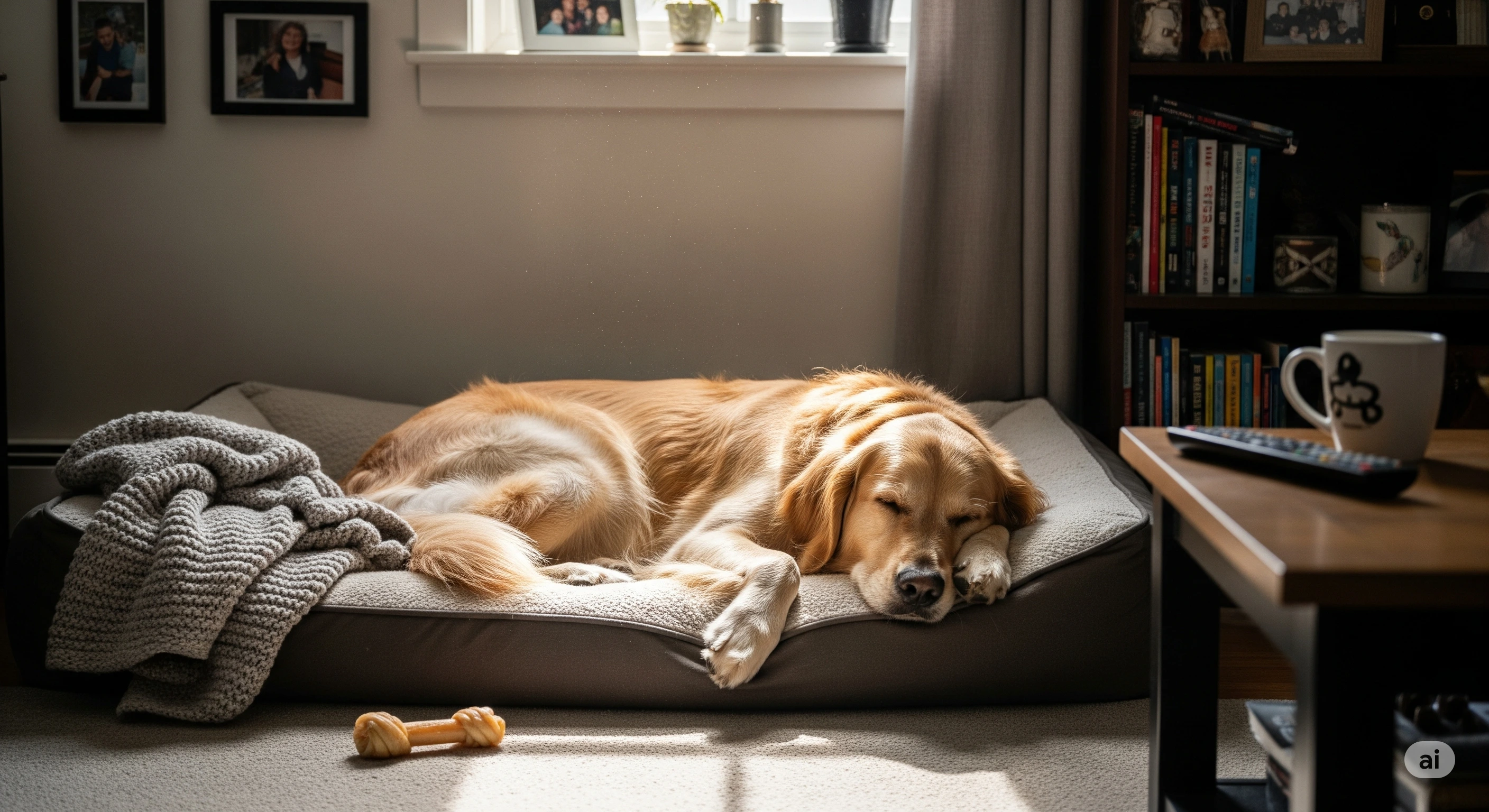Dog Separation Anxiety: 5 Proven Ways to Help
Separation anxiety is one of the most common behavior challenges in dogs and one of the hardest to witness. A dog with separation anxiety doesn't just dislike being alone; they panic. This anxiety can lead to howling, destruction, pacing, drooling and even attempts to escape. But with understanding and the right support, most dogs can learn to feel more secure when apart from their humans.

What Causes Separation Anxiety?
While any dog can develop separation anxiety, certain factors increase the risk:
- Rare or sudden time spent alone (such as during post-pandemic transitions)
- Personality traits like emotional sensitivity or high attachment
- Changes in routine or home environment
- Past trauma or abandonment
At Dogality Test, we've found that dogs who are especially dependent or cautious, like the Snugsy, Hugger, or Dreamer types, are often more prone to separation-related stress.
Recognizing the Signs
Some of the most common signs of separation anxiety include:
- Destructive behavior (shredding, chewing shoes or doors)
- Excessive barking or howling soon after you leave
- Following you constantly at home
- Pacing, drooling, or other signs of physical stress
How to Support a Dog with Separation Anxiety
- Establish a calm routine: Keep departures and returns low-key to reduce emotional spikes.
- Use enrichment tools: Treat puzzles or long-lasting chews can redirect focus during alone time.
- Practice short separations: Gradually train your dog to be comfortable with brief alone time, then extend.
- Provide background sound: White noise or soft music can offer comfort. Ever heard of Dog TV ? There are calming YouTube channels made just for dogs to relax and stay engaged.
- Seek support if needed: For more severe cases, work with a trainer or veterinary behaviorist.
During the pandemic, my dog Tuffy became extremely attached to me. Even short grocery trips would trigger howling and destruction. I started giving him a small treat before I left and kept my exits as calm and neutral as possible. Over time, his reactions began to soften. It didn't change overnight, but with patience and consistency, things gradually got better.
Personality-Based Support Works Best
Just like people, dogs have different needs. Some crave reassurance, others value autonomy. That's why understanding your dog's personality can shape how you help them. A cautious dog might need a slow, gentle build-up to independence, while an energetic type may need more mental stimulation during your absence.
Want to know your dog's personality type? Take our 🚀 Free Dog Personality Test to discover how their inner world shapes their behavior—and how to support them with empathy and confidence.
FAQ
How long does separation anxiety training take?
Anywhere from weeks to months. Progress
is steady when you increase time only while your dog remains relaxed.
Is it okay to say goodbye before I leave?
Keep exits calm and brief. Lengthy goodbyes can
spike arousal and make departures harder.
Should I punish destructive behavior?
No. Destruction is a stress response, not
disobedience. Focus on prevention, enrichment, and gradual alone-time training.
When should I see a professional?
If your dog panics within seconds of you leaving or
progress stalls, consult a certified trainer or your veterinarian.
References: ASPCA: Separation Anxiety • AVSAB Position Statements • AAHA: Dog Anxiety Basics